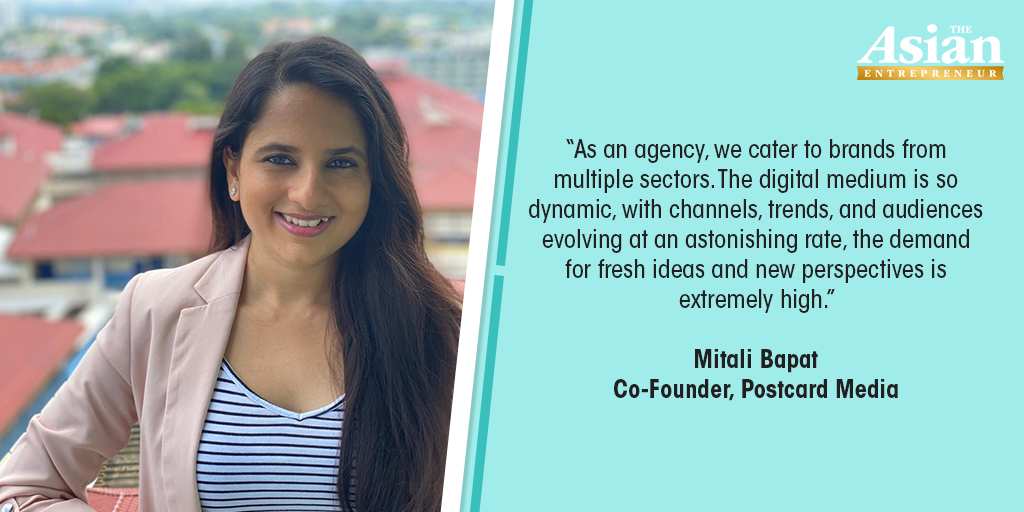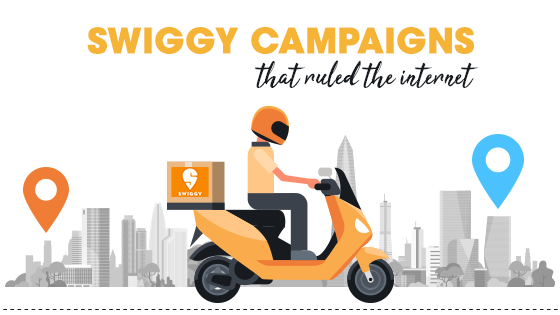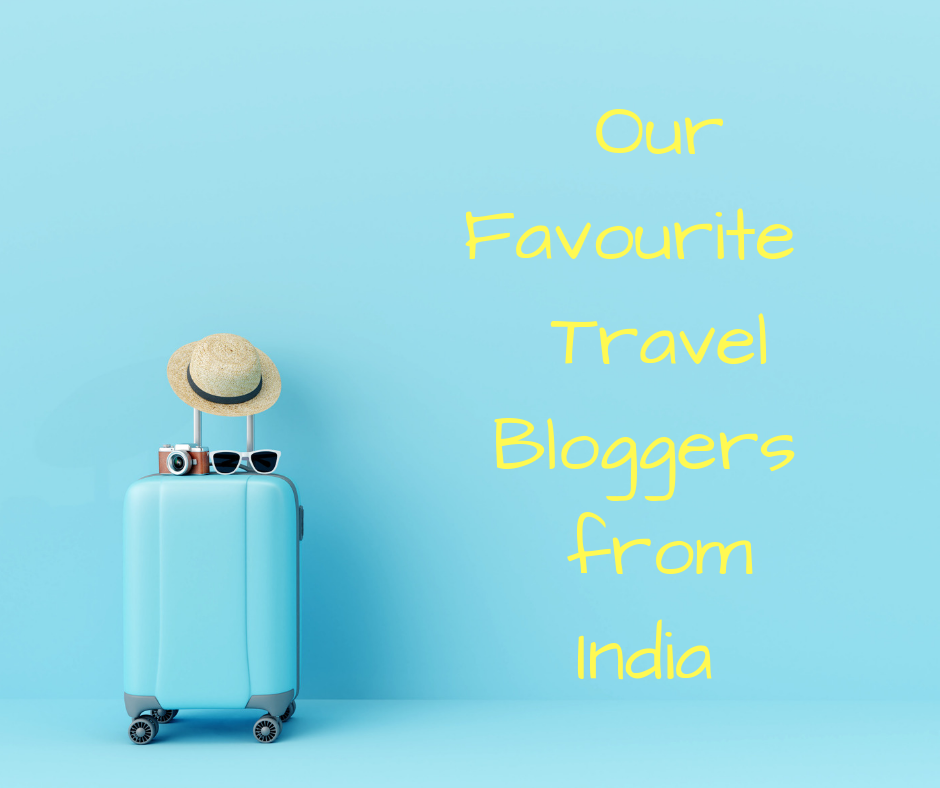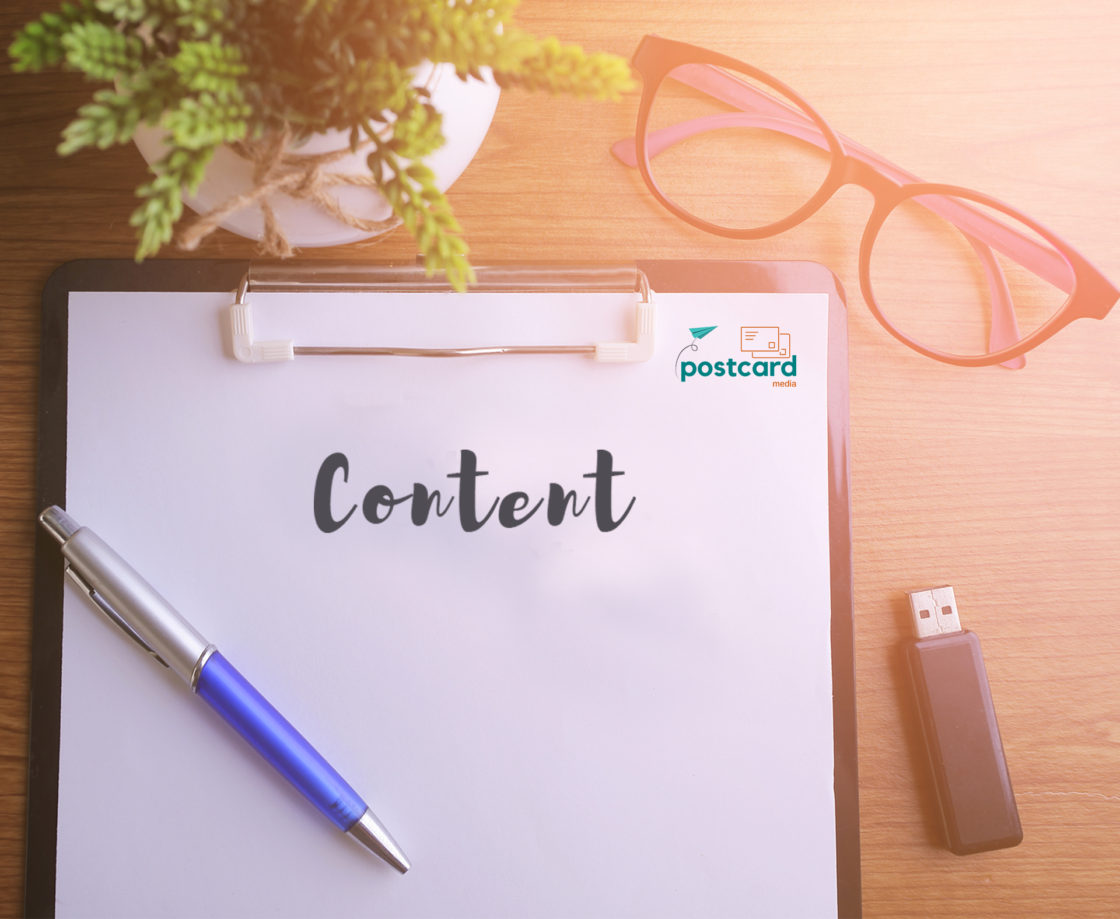This interview was part of the CallumConnects series featured in The Asian Entrepreneur.
What’s your story?
I am an accidental entrepreneur with a fascination for human behavior.
I studied Psychology and was working as a school counselor, when I began accepting writing projects in my free time. What began as an extracurricular interest soon became a full-time occupation. Before I knew it, I had transitioned into a content writing role at a digital communications agency. Over the next few years, I worked with a number of exciting brands across various industries.
In early 2017, while talking with a friend, who was also an ex-colleague, we realised that our creative aspirations were aligned and that our skill sets were complementary — basically, we saw an opportunity for collaboration. The decision to set up a company came with apprehensions, but 3 years and 25 clients later, I can safely say that I’m on a journey I am happy to have chosen.

What excites you most about your industry?
This industry relies on vibrant talent from different walks of life — from strategists and developers to stylists and visual artists. It is exhilarating to witness the processes of these varied professions as they bring an idea to life.
As an agency, we cater to brands from multiple sectors, so no two days are ever the same. Besides, the digital medium is so dynamic, with channels, trends, and audiences evolving at an astonishing rate, the demand for fresh ideas and new perspectives is extremely high. While meeting this demand can be challenging, it also keeps the adrenaline pumping.
What’s your connection to Asia?
I was born and raised in India. I spent most of my student and professional life in Pune and Mumbai, respectively, before moving to Singapore in 2017.
Favourite city in Asia for business and why?
Singapore, for its impeccable work ethic and Mumbai, for its charged pace and bustling energy.
What’s the best piece of advice you ever received?
“A job well done is a reward in it’s own right.”
This is a quote from one of my favourite books, “A Man Called Ove,” by Fredrik Backman, but I think the articulation resonates with me because it echoes what my parents have always tried to drive home.
Who inspires you?
I am inspired by a number of people, particularly the women in my family. I have had the privilege of growing up around courageous, resilient, supportive and independent minded women. It is from their lives that I continue to draw strength.
I also find inspiration in the books I read. I think books provide a vantage point that widens the range and depth of one’s observations and enables one to engage with unfamiliar viewpoints. This is not just true of factual narratives. A lot of fiction, too, is rooted in human experiences that are insightful and inspiring. Even the simplest stories are sometimes a testament to the endless potential of the human spirit.
What have you just learnt recently that blew you away?
That friends make amazing business partners! I can’t say if this is the exception or the rule, but I derive great motivation and confidence from the camaraderie I share with my co-founder.
Another thing that has blown my mind, more recently, and almost literally, is the power of daily meditation. I used to be a “need-based” meditator, but meditating everyday over the last few weeks has made me realize the remarkable impact mindfulness can have, not only on one’s mental faculties but also on the experiences one attracts.
If you had your time again, what would you do differently?
I would trust my intuition and abilities more. I stuck to what I thought were my strengths and was hesitant to challenge myself for far too many years of my life.
How do you unwind?
I enjoy dancing. I am part of a dance team that trains every week and performs at local and international dance events. I also love reading books and find yoga very relaxing.

Favourite Asian destination for relaxation? Why?
Kovalam for its pristine beaches and delightful coastal food, and Koh Samui for its idyllic vibe and because it is a foot spa heaven!
Everyone in business should read this book:
“Thinking, Fast & Slow,” by Daniel Kahneman.
Shameless plug for your business:
Postcard Media is a Digital Marketing and Creative Communication agency. We partner with brands to develop and sustain their digital marketing, corporate marketing and employer branding initiatives through our innovative solutions. Our services include:
– Social Media Marketing
– Digital Advertising
– Content Strategy and Creation
– Branding
– Website Development












